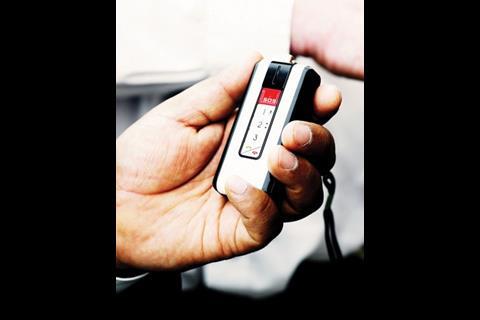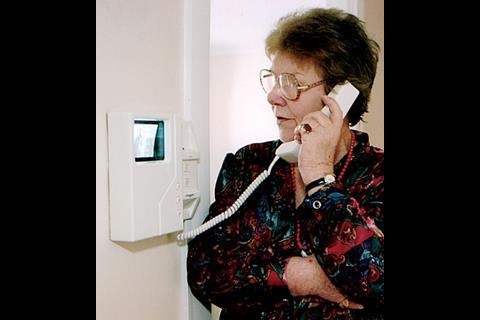Technological advances are being harnessed by care homes to allow elderly or disabled residents a greater degree of independence
Our population is getting older. By 2025, the number of people over 60 will outnumber those under 25. The upshot is that there will be increased economic and social demands on our care systems, whether through formal care providers such as the NHS or family and friends.
At the same time, technology is changing rapidly. Faster computer processing units, miniaturisation and short-range wireless communication are common in many electronic products. In the next few years this technology can play an increasingly important role in reducing demands on the care system and enabling people to live independently for longer.
Promoting independence is one of the issues that has become central to public policy in recent years. The government and the Housing Corporation are increasingly noting the benefits that “assistive technology” can bring to individuals’ lives in helping them to maintain independence in their own homes and communities.
Assistive technology is primarily aimed at the elderly, the disabled and the vulnerable, but can be applied to a wider group of people. Its aim is to promote independence and give people a better quality of life by using technological devices that allow them to go about their daily lives with greater ease and less risk.
Assistive technology is an emerging field, but developers and housing groups have been slow to use it, despite its capacity to help transform people’s lives.
The aspirations of older or disabled people are similar to everyone else’s – they want to be seen as individuals. Our research at Places for People shows that 80% of older people want to live in their own homes, and most of all they want to be in control of their lives.
We are introducing assistive technologies into many of our housing schemes, thereby providing a range of specialist services to more than 6,000 people. Manor Court, a new £5.75m facility being built in Bolton, Lancashire, will have a complete assistive technology infrastructure, and the use of this technology is also prominent in plans for new developments in north Tyneside and Eastbourne.
The devices used in these schemes include:
• Touch-screen communicators. These are touch-sensitive screens installed on the wall that allow residents to communicate with a carer or relative using an audiovisual link. This can enable someone who is located miles away to provide care.
• GPS mobile communicator. Residents have access to a basic mobile telephone that also incorporates a GPS locator. This allows them to call for help whenever they need it and allows them to be located if they get lost while out of the home.
• Keyless entry and remote door access. Each property is fitted with a doorlock that is opened using an electronic fob. In addition, some properties have been fitted with an intercom that allows the door to be opened remotely, adding security and making daily life easier.
• Wiring for future installation. Because circumstances may change, each property has been wired to allow further devices to be installed easily. These range from motorised windows and doors to systems that allow for the remote monitoring of a resident’s health.
• Personal safety sensors. These alert local call centres when triggered, so emergency care can be accessed when it is most needed. They can be activated by a number of devices, including push-button pendants worn by residents, or heat, flood, smoke and motion sensors. This means that if a resident leaves a tap on, or falls over, then they will receive the help they need as soon as possible.
The products and their benefits are diverse, but what they have in common is their potential to create a marked increase in quality of life. As technological innovation continues, I expect companies and organisations to develop ever more sophisticated and less expensive products that will continue to help a wide range of people stay independent in their homes and their communities.
We must move away from the one-size-fits-all approach to care and embrace technological change to generate imaginative strategies and initiatives that best address people’s aspirations.
Postscript
Tahir Idris is head of assistive technology at Places for People































No comments yet